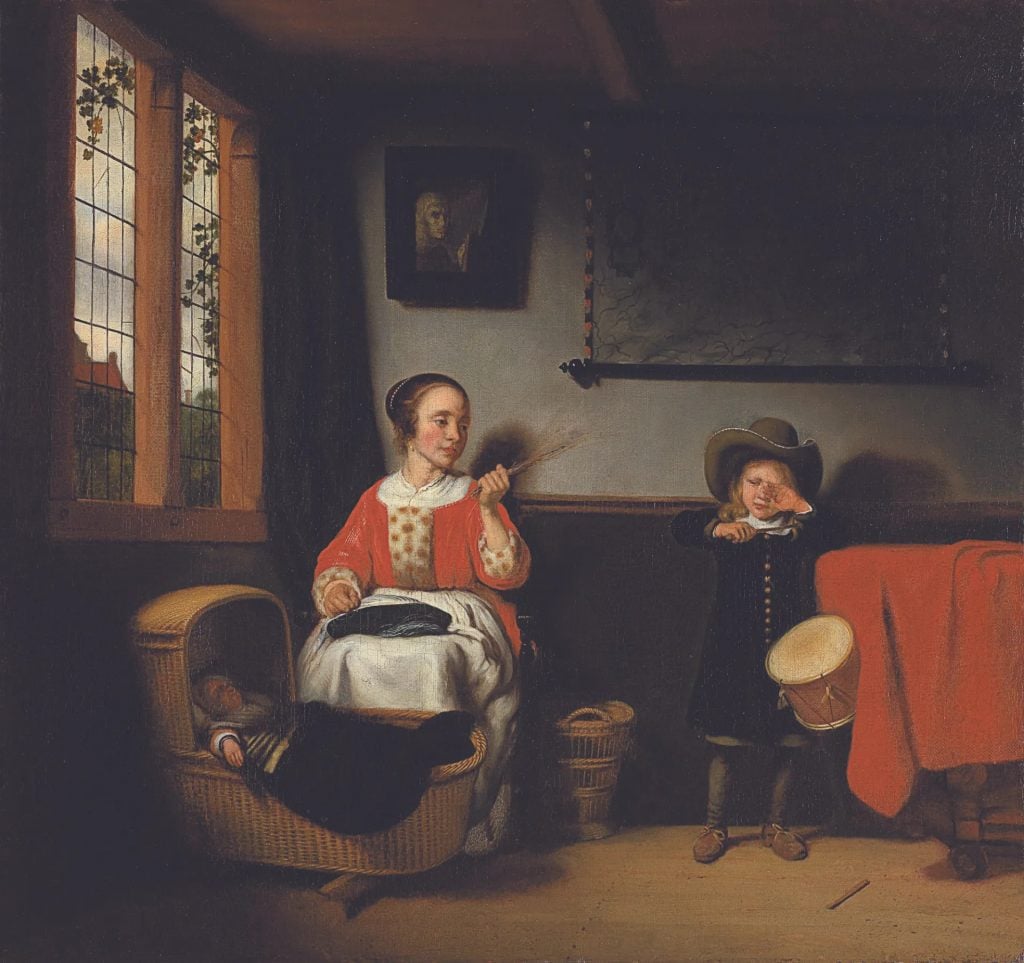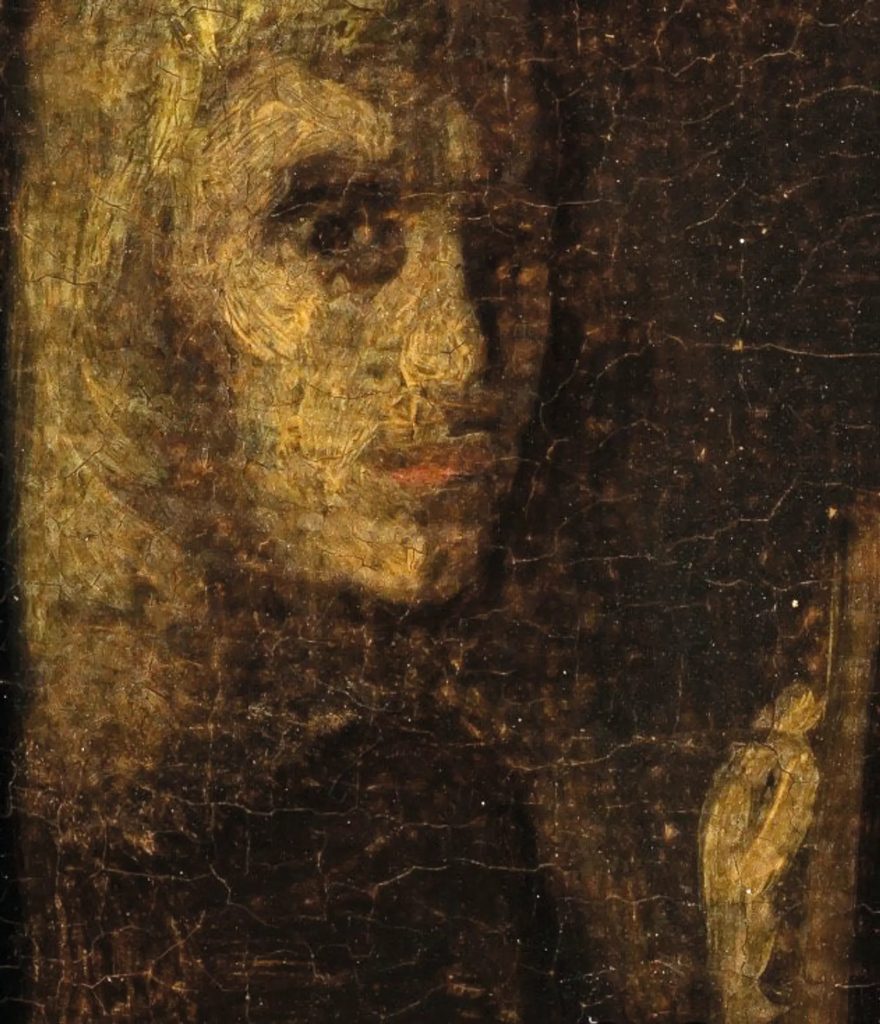Does the Met’s Vermeer Painting Hide a Self-Portrait of the Artist? Here’s What a New X-Ray Analysis Found
May 4, 2023 | In the PressFrom ArtNet News (https://news.artnet.com/art-world/hidden-vermeer-self-portrait-discovered-2295091)
The blockbuster Johannes Vermeer show at the Rijksmuseum in Amsterdam is continuing to teach us more about the the Dutch Golden Age master, with experts at the museum’s symposium in March presenting X-ray evidence that the artist painted over a self-portrait in his work A Maid Asleep.
The painting, in the collection of New York’s Metropolitan Museum of Art, shows a young woman dozing off at a table, sitting in front of a partially open door. Previous examination of the work had revealed the presence of a man in the doorway, painted over the in the final version. The leading theory about this mysterious presence was that he may have represented the girl’s lover.
But Met conservator Dorothy Mahon and research scientist Silvia Centeno have conducted new non-invasive research on the painting using the latest technology. That has revealed the figure in unprecedented detail. Now, thanks to X-ray fluorescence, we can see that the man appears to be reaching out as if holding a paint brush, and that the door was originally an easel.
Mahon and Centeno detailed these findings at the symposium in a presentation titled “A Maid Asleep and Study of a Young Woman: Recent Findings From Imaging and Chemical Analysis.”
Art historian Martin Bailey has since built on their work, suggesting in the Art Newspaper that Vermeer not only included his self-portrait in the painting, but that he would have been painting his reflection in a mirror on the wall.
This might have been inspired by one of his Dutch contemporaries, Nicolaes Maes, who lived less than 20 miles away. While there is no evidence they knew each other, the two could very well have met. And around 1655, Maes painted The Naughty Drummer, which features a mirror on the back wall where you can see the artist’s reflection, holding a paintbrush.

Nicolaes Maes, The Naughty Drummer (ca. 1655). Collection of the Thyssen Collection, Madrid.
It’s possible that Vermeer saw this work before painting A Maid Asleep, which is believed to date from 1656 or ’57.
If the artist did in fact base his hidden self portrait off his reflection—and he did include mirrors in other paintings, and is known to have owned one based on the inventory of his home at his death—that could mean that the painting does not actually depict a maid, but an artist’s model who has fallen asleep while posing.

Nicolaes Maes, The Naughty Drummer (ca. 1655), detail showing the artist’s self portrait reflected in the mirror. Collection of the Thyssen Collection, Madrid.
Other studies presented at the symposium include a new argument that a Philadelphia Museum of Art painting long assumed to be a copy of The Guitar Player, from the collection of London’s Kenwood House, is actually an authentic Vermeer. The symposium accompanied “Vermeer,” the biggest exhibition of the artist’s work of all time. The sold-out show is on view for another month.
“Vermeer” is on view at the Rijksmuseum, Museumstraat 1, Amsterdam, February 10–June 4, 2023.





